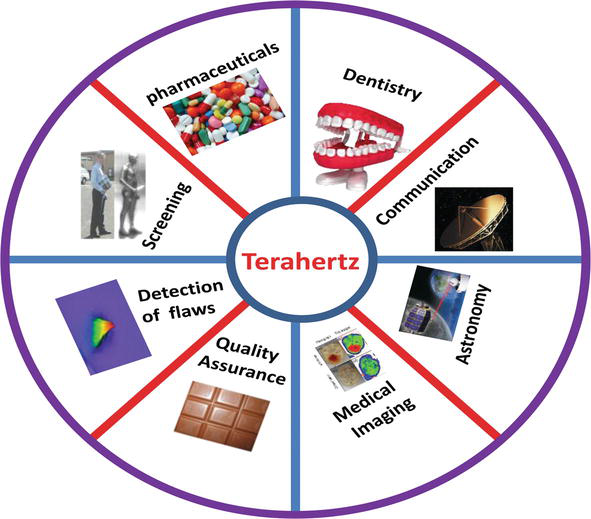Terahertz Technology: Fundamentals, Devices, and Applications

About Course
Are you ready to explore the next frontier of electromagnetic innovation? Welcome to “Terahertz Technology: Fundamentals, Devices, and Applications” — a course designed to take you deep into the fascinating and rapidly evolving world of terahertz (THz) waves. Situated between microwave and infrared on the electromagnetic spectrum, THz waves are unlocking exciting possibilities in high-speed wireless communications, non-invasive medical imaging, and advanced material characterization. This course combines the essential physics with practical applications to help you master the fundamentals and glimpse the future.
Whether you’re a student of electronics, an aspiring physicist, or a researcher in materials science, this course will provide a solid foundation in terahertz wave generation, detection, and utilization. With real-world examples ranging from airport security scanners to next-gen 6G communication systems, you’ll understand how this once elusive part of the spectrum is being harnessed to solve 21st-century challenges.
Course Content
Introduction to Terahetz and its properties
Definition of terahertz waves
00:00Brief history and development of terahertz technology
00:00Terahertz Waves Properties
00:00